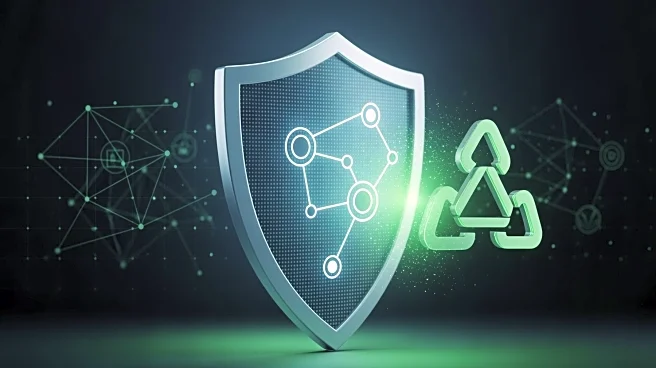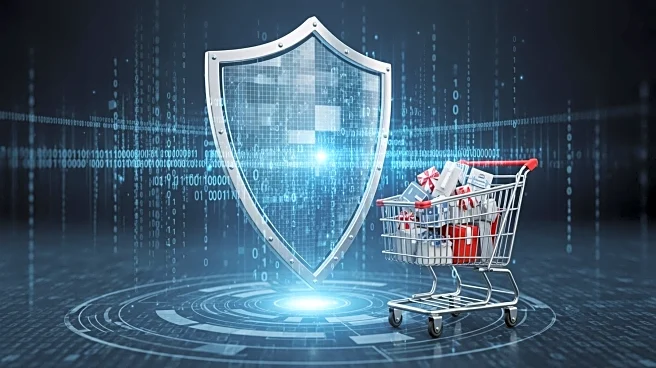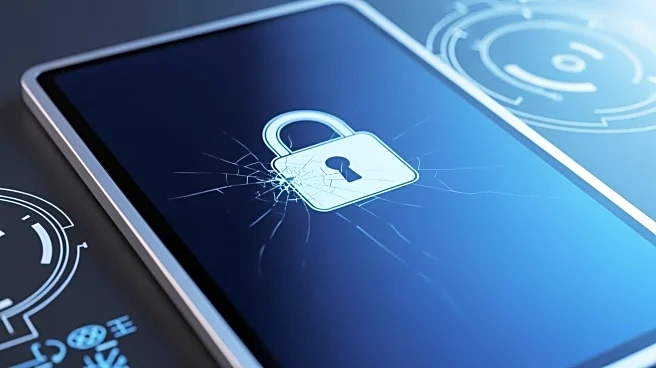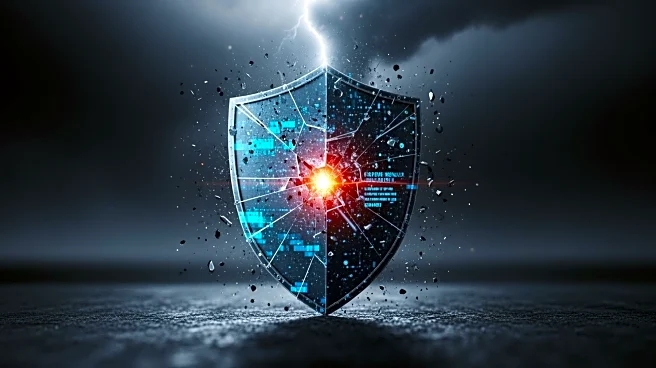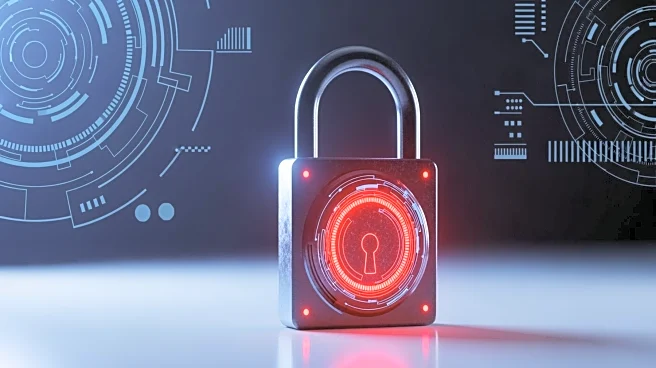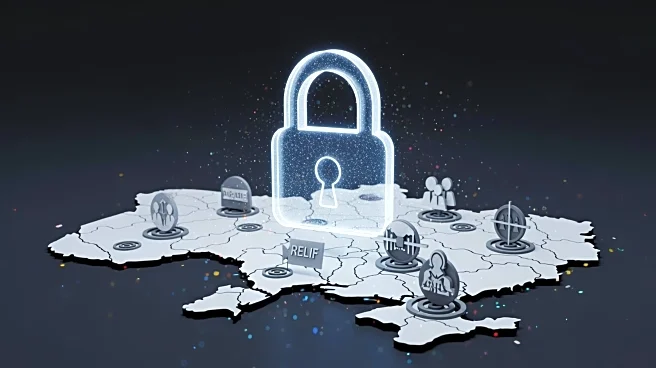What's Happening?
Researchers from Palo Alto Networks have identified a significant increase in activity from a phishing operation known as Smishing Triad. This operation, which primarily uses text messages to deceive victims, is more extensive and sophisticated than previously
understood. The campaign is managed in Chinese and involves thousands of malicious actors, with a substantial portion of its infrastructure based in the United States. Since January 2024, approximately 195,000 domains have been linked to this operation, with 58% hosted on U.S. IP addresses. The operation targets a wide range of sectors, including financial services, healthcare, and government agencies, by impersonating legitimate services to collect sensitive information. The U.S. Postal Service and toll road agencies are among the most impersonated entities. The operation's infrastructure is highly dynamic, with domains often active for less than a week.
Why It's Important?
The Smishing Triad operation poses a significant threat to U.S. cybersecurity, as it targets critical infrastructure and services. By impersonating trusted entities, the operation can collect sensitive data, potentially leading to further cyberattacks. The use of U.S.-based infrastructure for hosting these malicious domains highlights vulnerabilities in domestic cybersecurity measures. The operation's ability to rapidly change its tactics and infrastructure complicates efforts to mitigate its impact. This situation underscores the need for enhanced cybersecurity protocols and international cooperation to address the growing threat of phishing and other cybercrimes.
What's Next?
As the Smishing Triad operation continues to evolve, cybersecurity experts and authorities are likely to increase efforts to track and dismantle its infrastructure. This may involve collaboration between U.S. agencies and international partners to address the cross-border nature of the operation. Organizations and individuals are advised to remain vigilant against phishing attempts and to implement robust security measures to protect sensitive information. The ongoing threat may prompt legislative and policy changes aimed at strengthening cybersecurity defenses and improving the resilience of critical infrastructure against such attacks.
